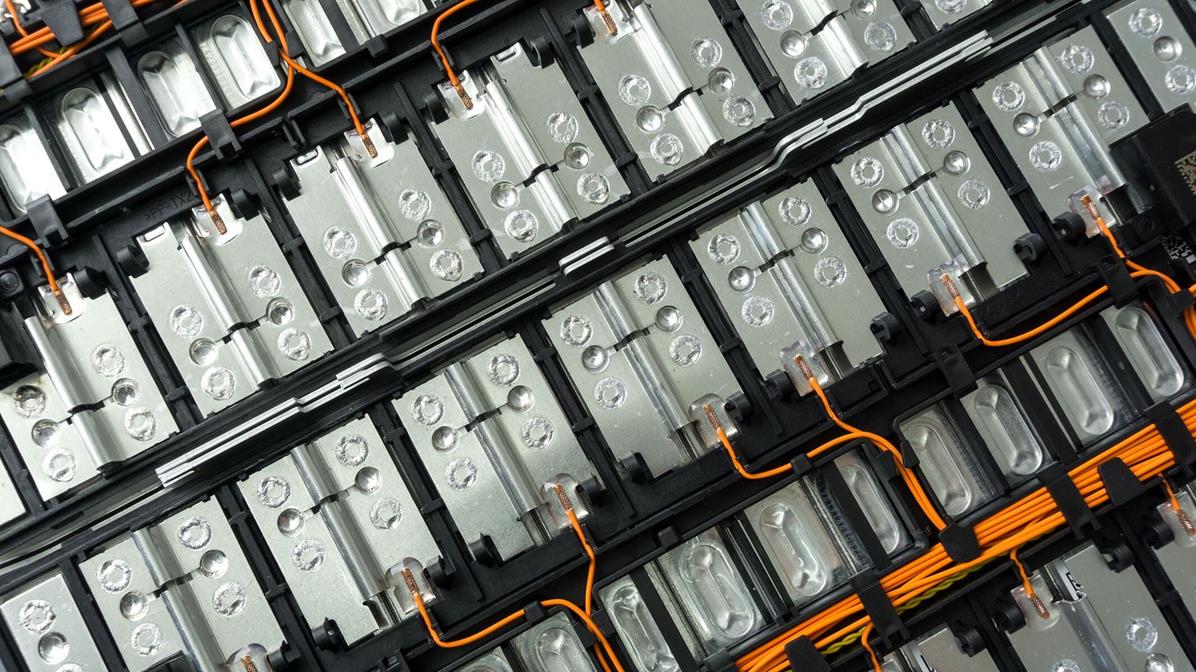Sustainable battery recycling
Sustainable battery recycling: Market potential in Europe

What prospects does the topic of battery recycling offer for mechanical and plant engineering? A study by Fraunhofer ISI, commissioned by the IMPULS Foundation of the VDMA, sees good market potential for Europe.
Due to the increasing spread of battery electric vehicles, an enormous market for battery cells is developing in Europe, with around 2.5 megatonnes of new batteries expected to be produced in the EU by 2030. This leads to questions about the environmental footprint of vehicle batteries, but also about raw material security and availability, and thus the competitiveness of German and European industries. In this context, local battery recycling and the return of raw materials is an important building block for a European circular economy. For Germany in particular, as a traditional mechanical engineering location, it is not only the development along the direct battery value chain that is of great importance.
Great potential for market and employment growth
“There is great potential for market and employment growth in the upstream stages of the value chain, especially for mechanical and plant engineering,” says Henrik Schunk, Vice President of the VDMA and Chairman of the Board of Trustees of the IMPULS Foundation, which commissioned Fraunhofer ISI with the study ‚Recycling of Lithium-Ion Batteries: Opportunities and Challenges for Mechanical and Plant Engineering. “German and European mechanical and plant engineering companies are already active today as development partners and suppliers for the growing recycling industry. Especially with the pilot plants now being built in Europe, there are great opportunities to position themselves permanently. Here, cooperation with local plant suppliers is crucial,” emphasizes Schunk. The study now published forecasts the growth of a future European battery recycling market and quantifies the effects for mechanical and plant engineering. The forecasts are based on battery market models developed by Fraunhofer ISI and interviews with experts from the mechanical and plant engineering sector, the recycling industry, vehicle manufacturing, and research and development.
Recycling capacities must be significantly expanded
The study results show: In Europe, the volume of end-of-life lithium-ion batteries and battery components to be recycled could amount to around 230 kilotons per year from 2030 and around 1,500 kilotons per year from 2040. These figures, already adjusted for potential vehicle and battery exports, imply annual growth in the recycling industry of over 30 percent over the next few years. The return of traction batteries from electric vehicles will play the main role in the medium term.
“In order to be able to handle such recycling volumes, recycling capacities, which are currently still in the low double-digit kiloton range per year in Europe, must be significantly expanded. This will require plant technology in Europe that, depending on the speed of market growth and the global share of European recycling capacities, will require investments of around 6.6 billion euros by 2040,” explains Dr. Christoph Neef, who researches the battery issue at Fraunhofer ISI and coordinated the study. For the year 2040, this corresponds to a European market size of about 810 million euros for new system technology.
The good prerequisites of German and European mechanical and plant engineering could help to bring new and efficient processes to the market. These are needed not least in view of the EU Commission’s latest regulatory proposals: future recycling processes and plants should not only guarantee proper recycling of battery components, but also high recovery rates of important battery raw materials. For lithium in particular, this still represents a challenge today. According to the study, if a European recycling industry with highly efficient process and plant technology is successfully established, recyclates could cover more than 40 percent of the cobalt and over 15 percent of the lithium, nickel and copper requirements of battery production in Europe by 2040. “Efficient battery recycling could make a decisive contribution to reducing the overall CO2 footprint of batteries and reducing dependence on raw material imports in the long term,” stresses Hartmut Rauen, Deputy Managing Director of the VDMA.
Employment potential of a growing battery recycling market
Christoph Neef of Fraunhofer ISI also emphasizes the employment potential of the growing battery recycling market, especially in the supplier industry of mechanical and plant engineering: “For the supply of the European recycling industry, we see a global potential of approx. 570 jobs by 2030, and by 2040 even around 3,800 jobs could be created.” According to Neef, it could therefore be worthwhile for the European mechanical and plant engineering industry to expand its existing competitive position in order to benefit from the employment potential of this growing market.
Since there is already a large battery recycling industry in Asia and especially in China, there is no time to lose in Germany and Europe: On the one hand, there should be clarity quickly regarding the planned battery regulation. On the other hand, appropriate plants must be built and investments made in recycling technologies. The European regulatory framework in particular would offer an important opportunity because it takes into account the ecological footprint of batteries, regional conditions such as energy sources and energy mix, and logistics costs. This could help Europe to become a lead market for green and highly efficient battery recycling and related technologies.
The study can be downloaded at the homepage of the IMPUS Foundation.





